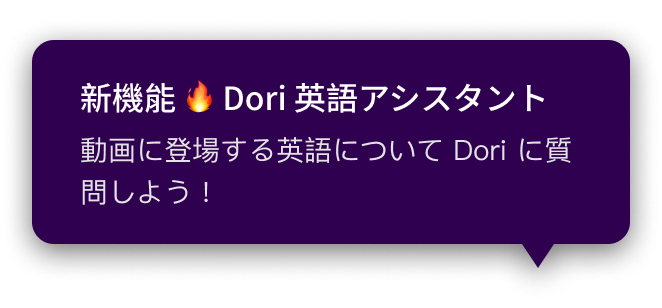字幕表 動画を再生する
-
Packed inside every cell in your body is a set of genetic instructions,
-
3.2 billion base pairs long.
-
Deciphering these directions would be a monumental task
-
but could offer unprecedented insight about the human body.
-
In 1990, a consortium of 20 international research centers
-
embarked on the world's largest biological collaboration
-
to accomplish this mission.
-
The Human Genome Project proposed to sequence the entire human genome
-
over 15 years with $3 billion of public funds.
-
Then, seven years before its scheduled completion,
-
a private company called Celera announced that they could accomplish the same goal
-
in just three years and at a fraction of the cost.
-
The two camps discussed a joint venture, but talks quickly fell apart
-
as disagreements arose over legal and ethical issues of genetic property.
-
And so the race began.
-
Though both teams used the same technology to sequence the entire human genome,
-
it was their strategies that made all the difference.
-
Their paths diverged in the most critical of steps:
-
the first one.
-
In the Human Genome Project's approach,
-
the genome was first divided into smaller, more manageable chunks
-
about 150,000 base pairs long
-
that overlapped each other a little bit on both ends.
-
Each of these fragments of DNA
-
was inserted inside a bacterial artificial chromosome
-
where they were cloned and fingerprinted.
-
The fingerprints showed scientists where the fragments overlapped
-
without knowing the actual sequence.
-
Using the overlapping bits as a guide,
-
the researchers marked each fragment's place in the genome
-
to create a contiguous map,
-
a process that took about six years.
-
The cloned fragments were sequenced in labs around the world
-
following one of the project's two major principles:
-
that collaboration on our shared heritage was open to all nations.
-
In each case, the fragments were arbitrarily broken up
-
into small, overlapping pieces about 1,000 base pairs long.
-
Then, using a technology called the Sanger method,
-
each piece was sequenced letter by letter.
-
This rigorous map-based approach called hierarchical shotgun sequencing
-
minimized the risk of misassembly,
-
a huge hazard of sequencing genomes with many repetitive portions,
-
like the human genome.
-
The consortium's "better safe than sorry" approach
-
contrasted starkly with Celera's strategy called whole genome shotgun sequencing.
-
It hinged on skipping the mapping phase entirely,
-
a faster, though foolhardy, approach according to some.
-
The entire genome was directly chopped up
-
into a giant heap of small, overlapping bits.
-
Once these bits were sequenced via the Sanger method,
-
Celera would take the formidable risk of reconstructing the genome
-
using just the overlaps.
-
But perhaps their decision wasn't such a gamble
-
because guess whose freshly completed map was available online for free?
-
The Human Genome Consortium,
-
in accordance with the project's second major principle
-
which held that all of the project's data
-
would be shared publicly within 24 hours of collection.
-
So in 1998, scientists around the world
-
were furiously sequencing lines of genetic code
-
using the tried and true, yet laborious, Sanger method.
-
Finally, after three exhausting years of continuous sequencing and assembling,
-
the verdict was in.
-
In February 2001, both groups simultaneously published
-
working drafts of more than 90% of the human genome,
-
several years ahead of the consortium's schedule.
-
The race ended in a tie.
-
The Human Genome Project's practice of immediately sharing its data
-
was an unusual one.
-
It is more typical for scientists to closely guard their data
-
until they are able to analyze it and publish their conclusions.
-
Instead, the Human Genome Project accelerated the pace of research
-
and created an international collaboration on an unprecedented scale.
-
Since then, robust investment in both the public and private sector
-
has led to the identification of many disease related genes
-
and remarkable advances in sequencing technology.
-
Today, a person's genome can be sequenced in just a few days.
-
However, reading the genome is only the first step.
-
We're a long way away from understanding what most of our genes do
-
and how they are controlled.
-
Those are some of the challenges
-
for the next generation of ambitious research initiatives.


